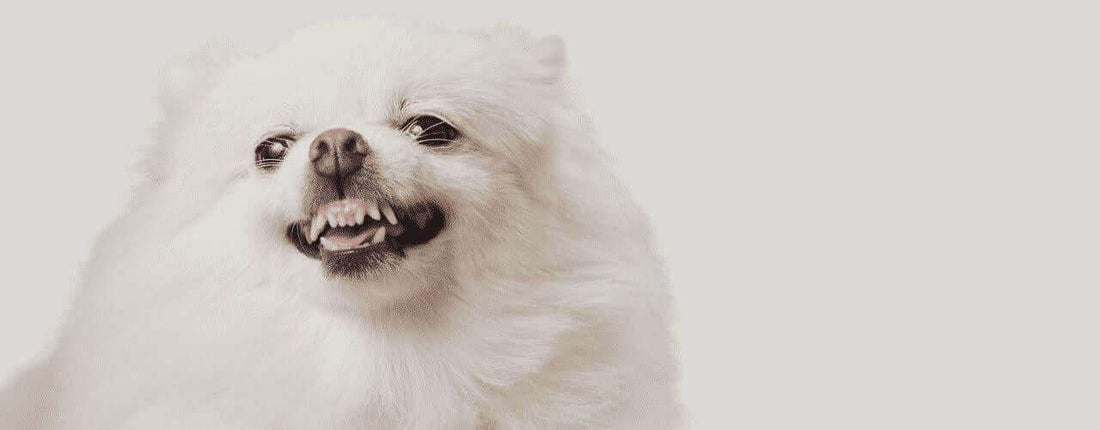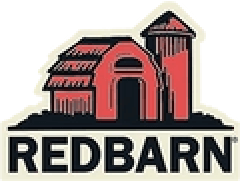
How to Brush Your Dog's Teeth
When we want to give affection, we reach out for a hug, cuddle and kiss. And because we love our dogs so much, it’s natural to want to do the same to their adorable faces! You lean in to kiss your dog or allow them to lick your face when suddenly you’re greeted by an unpleasant waft of doggie breath!
We know how to take care of our own dental health — we say hello to our toothbrushes and mouthwash twice a day. Our dogs even seem to know our dental care routine as they love to follow us into the bathroom, curiously watching.
But what if they’re not curiously watching, after all. What if they’re wondering about a routine of their very own?
It’s important to take care of your dog’s health, especially their teeth. But when exactly do you clean your dog’s teeth, and how? Although our own hygiene routines may seem simple and second nature to us, brushing your fur babies’ teeth may not be as simple as it sounds.
Sound overwhelming? Don’t worry. We’re here to walk you through the step by step process of brushing and cleaning your dog’s teeth right at home. Not only will regular brushing prevent plaque buildup and dental disease, but the routine will also bring you and your pup closer together. Sooner than you know it, your dog will be the one to reminding you of the new routine!

What Does a Healthy Dog Mouth Look Like?
A healthy dog mouth will be clean and free of hard, sticky discolorations, otherwise known as plaque and tartar. These are the most common types of dental problems amongst our furry friends.
Did you know? Adult dogs have 42 teeth compared to our 32!
(Source: PetHealthNetwork.com)
At-Home Doggie Dental Care Routine
Practicing at home doggie dental care is the easiest way to keep your dog’s gums and teeth healthy. Start as early as possible to ensure your canine friend on track with dental health and lives a healthier, longer life. Keep the following tips in mind when cleaning your dog’s teeth to make the process fun, easy, and effective.
Daily Dental Defense for Your Dog
A once-daily dental defense treat is the easiest step in your dog's routine. Redbarn all-natural Chew-A-Bulls come in many different shapes, including Toads, Hydrants, Shoes, Rings, and more, designed with fun ridges and grooves to reach the nooks and crannies between your dog’s teeth and gums to help control tartar buildup, while gently massaging gums and scraping away harmful plaque. A bit more work will need to be put in for the rest of the routine. Keep reading to learn more.
6 Secrets to Effective Doggie Dental Care
- Purchase the right equipment
- Introduce your dog to the brushing process slowly
- Open your dog’s mouth with your hands, do not force it open with a brush
- Gently brush all cheek-facing teeth
- Repeat brushing on a consistent basis
- Reward your dog for doing well during brushing

1. Purchase the Right Equipment
Toothbrushes for DogsWhen you brush your dog’s teeth, use a specially designed dog toothbrush recommended by your vet. Although it may seem like a good idea, never use your own toothbrush to clean your fur babies’ teeth! Many toothbrushes for humans are too sharp and firm for a dog’s gums. Dog toothbrushes are ergonomic and available in different sizes, so make sure to get the proper one for your dog.
Believe it or not, most dog toothbrushes are quite simple. Whether you choose to use a finger brush or a multi-head brush, the bristles of your dog’s toothbrush should be soft and firmly rooted in the brush head. Check the inside of your dog’s mouth when you are done brushing. There should never be any bristles left behind in your dog’s mouth or between their teeth.
Did you know? Although they can drool, dog’s cannot spit! (Source: PetMD.com)
Toothpaste for Dogs
If you’re just starting dental care with your fur baby, you may ask yourself, “Do I need special dog toothpaste to brush my dog’s teeth?” The short answer is yes. When you brush your dog’s teeth, it’s important to never use human toothpaste. Human toothpaste contains many ingredients that can be harmful to your dog.
Instead, use pet-safe toothpaste with a flavor your dog will love. Give your dog a small sample of the toothpaste to introduce them to the taste slowly. You can even try a few different flavors and see what they like best. Common favor options for dog toothpaste include poultry, beef, peanut butter, vanilla, and mint.
4 Common Ingredients in Dog Toothpaste
- Silica – a gentle abrasive for removing plaque and tartar
- Enzymes – natural proteins that work to reduce bacteria in your dog’s mouth
- Emulsifiers – Salts that help control tartar buildup
- Sorbitol – Sweetener for added taste and naturally occurring in some fruits.
These ingredients work together to help prevent periodontal disease and gum disease from becoming an issue for your dog.
2. Introduce the Brushing Process Slowly
Get your dog comfortable with you touching their mouth and teeth before you try to brush your dog’s teeth for the first time. To do this, pet parents can gently touch their dog’s muzzle and practice making a rubbing motion along with their teeth and gums. Once they are comfortable with that, which can take up to a few days, introduce the toothbrush.
Let your dog smell their new toothbrush, so they get used to it. Go slowly, and do not rush your dog. Rushing your dog can create feelings of anxiety about the routine.
3. Open Your Dog’s Mouth With Your Hands
Even if you have brushed your dog’s teeth before, they may become fussy when you go in with their toothbrush. When starting to brush their teeth, it helps to lift your dog’s lip for them so you can get into hard to reach places and really clean. Remember, there’s not much of a point to clean your dog’s teeth if you miss the important spots!
4. Gently Brush Cheek-Facing Teeth
When you go in to brush your dog’s teeth, clean the outside (think: cheek to face!) surface of their teeth. This is where dog periodontal (gum) disease is the most common. The goal is to brush each tooth for about 5 seconds.
Most pets won’t allow you to brush the inside surface of their teeth, although you can try! Be sure to reach the back upper molars canines as these teeth tend to quickly build up tartar.
5. Brush Your Dog’s Teeth Consistently
When it comes to doggie dental care, consistency is key. Brush your dog’s teeth as often as possible. Most experts agree you should brush your dog’s teeth every day, or at least three times a week. The better you are at keeping a regular brushing routine with your dog, the easier it will be for them to deal with it.
Once your dog is comfortable with the brushing, some begin to enjoy it, responding positively to your brushing efforts.
Did you know? Dog saliva is more alkaline than human saliva, helping to prevent dental issues. (Source: PetMD.com)

Professional Dog Teeth Cleaning
Just like we need professional help with our teeth from time-to-time, our dogs need professional help from doggie dentists. The first dental visit should be performed when your dog is eight weeks old.
How often should you have your dog’s teeth professionally cleaned?
You should take your dog to the doggie dentist every six months to a year, just as you would see your own. Even with diligent at-home tooth care for your dog, it’s important to keep up routine professional visits. These cleanings will allow you and your vet to assess the best way to care for your dog’s teeth, as well as the overall oral health of your dog. Gum disease can lead to life-threatening illnesses like organ failure, so be sure not to skip out on the dentist!
Need more information? You can always talk to your vet or a specialist that works on doggie dental care.
6. Reward Them for a Job Well Done
After your dog does well with their brushing routine, it’s always nice to reward them with a pat, scratch, or better yet, a treat! Dog treats formulated to help maintain dental health may help further reduce plaque and tartar buildup, and they won’t spoil all the effort you put into keeping your dog’s mouth clean and healthy.



